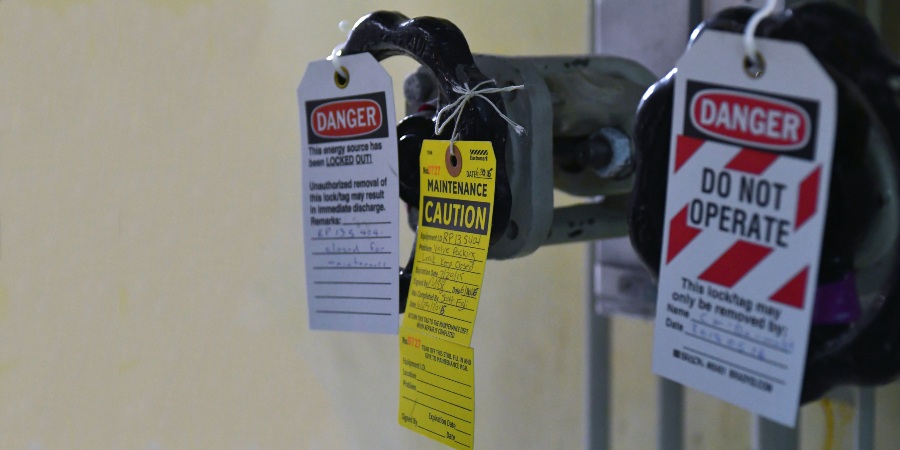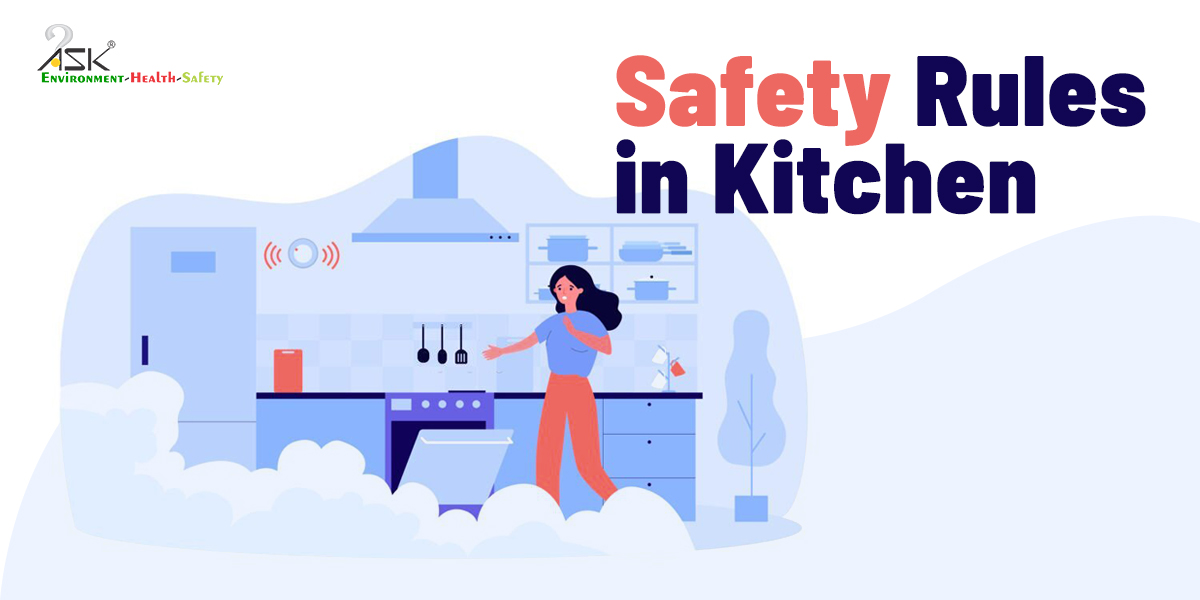Acts of complacency in industries

Loss of production due to a mandatory shutdown, a toxic release or a spill are some of the less calculated events that can take a toll on an industry’s capital. In addition, companies shoulder other costs such as damage to brand reputation in these cases.
Given the extensive skill and experience of the workers in industries, plus know-how of the safety procedures and policies, they constantly strive to demonstrate their ability of negotiating risks inherent in their jobs.
A belief of being good or best at their work can ironically introduce a real hazard – complacency. One of the biggest dilemmas of safety is that people might find unsafe behaviour rewarding in some way – they can get their job done quicker, they are more comfortable in not wearing the requiring PPEs. Simply because they believe that the situation is under their control (until it is not, and it spirals into a disaster).
The ingredient of ‘behaviour’ pulls everything (acts) together to lead to a job completion. If a job goes well despite people shortcuts that give rise to unsafe work practices, subordinates might get influenced and there are chances that it gets repeated in future. This can increase tendencies towards unsafe behaviour on a large scale, inclines safety culture towards becoming self-reinforcing social pattern that is resistant to change. Only when an act goes bad and causes serious injuries, people will find the unsafe behaviour punishing – resultant scenario being incidents, accidents etc.
The solution?
To reduce this false sense of security, one should be risk conscious while performing tasks. Safety management systems need to be put in place – complex tasks should never be addressed with unsafe poor work attributes and should have well-defined safety procedures in place. LOTOTO, permit-to-work, JHA, HIRA performed are guards to the onset of complacency at the workplace.
Initiatives that rewards safe actions and highlight unsafe ones set examples for the existing employees – however, the efforts must be sustainable for the long run. Mobile applications come handy for the workers, and any unsafe act or query when posted (in form of an actual pic or text) on a ‘Hazard reporting’ app increases transparency and promotes safety in the workplace. Animated videos that emphasize on safety dos and don’ts (while replicating employee workplace), caused due to behavioural failings are beneficial in creating awareness.
Tracking employees while they enter hazard-prone areas can restrict unintended consequences – modern wearables now permit sensors that can track and monitor vitals. Employers can provide high visibility safety gear to ensure safety of their work personnel.
An industry’s approach towards safety needs to be innovative and in-line with technology, for it influences the actions of the workers. Nova group Inc., a heavy construction prime contractor in the U.S, collaborated safety, environmental and quality teams on a unit which used winches underwater to lower a stainless steel pipe frame with the cameras. The underwater camera unit conducted all initial and post-repair inspections, which saved Nova over 300 exposure hours for divers, with no injuries, near misses or accidents.
Their Construction Hazards & Injury Prevention System (CHIPS) program recognizes safe behaviors through monetary incentives, on-the-spot recognition, employee of the month, milestone recognition and safety commitment coins.
Change in behaviour that works for safety is a must. Whilst being proactive, employees must be condition themselves to stop work for brief intervals to observe actions of self and others. This helps raising one’s own awareness as well as of the coworkers. Training and mentoring programs help one recognize hazards and risks without any bias – it can change troubled practices and potential problems.


